|
|
Restore Your Smile
A smile can be the most eye-catching feature of a face. With dentistry's many advances, you no longer have to settle for stained, chipped, missing, or misshapen teeth. You have choices that can help you smile with confidence. Talk to Dr. Soto about the options most suitable for you, what your expectations are, and the dental fees involved.
Implants
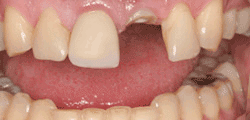
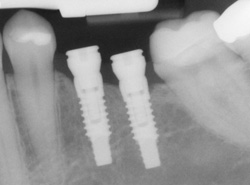
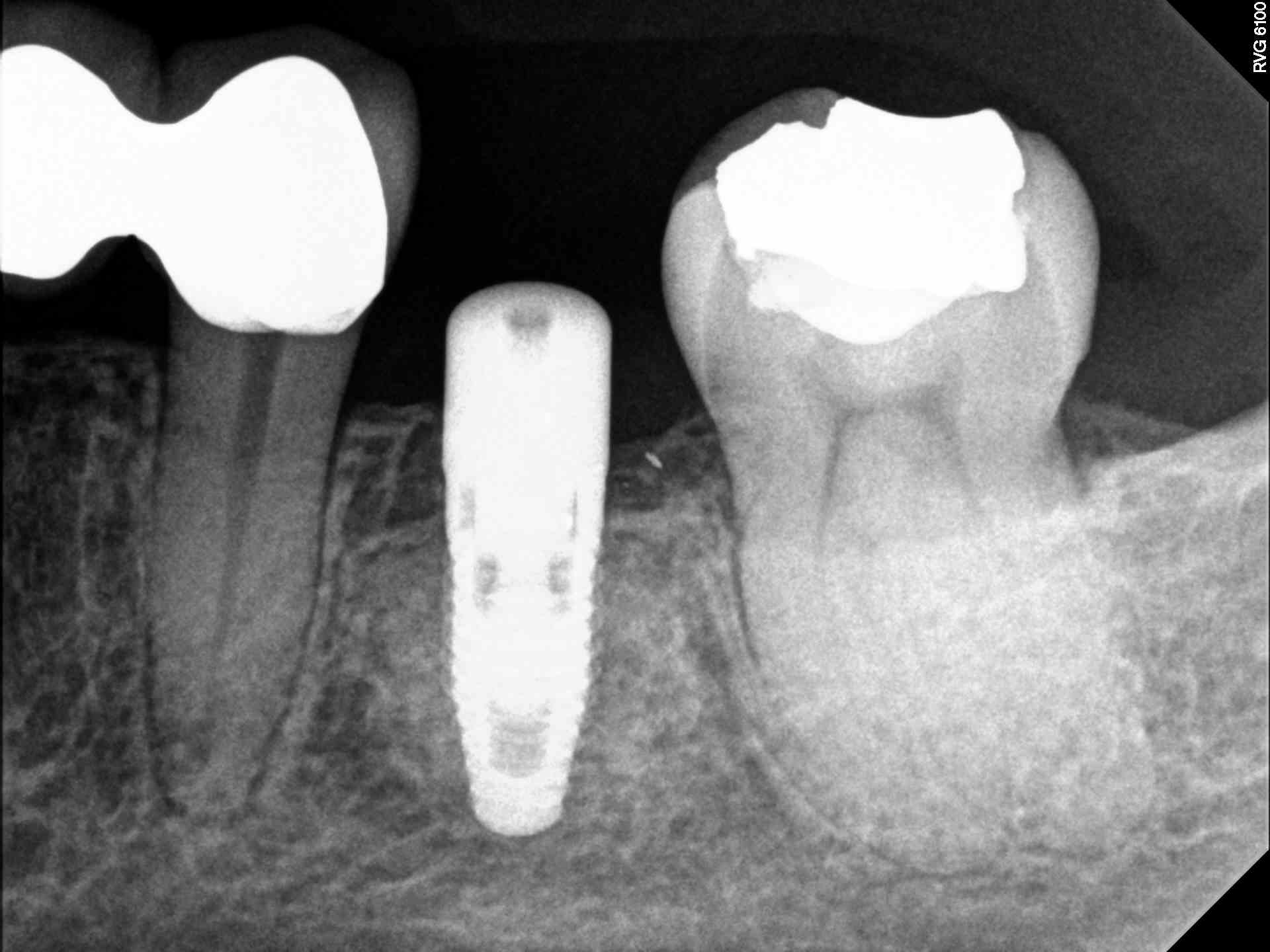
If you have missing teeth, it is crucial to replace them. Without all your teeth, chewing and eating can destabilize your bite and cause you discomfort. When teeth are missing, your mouth can shift and even cause your face to look older. Implants are a great way to replace your missing teeth.
An implant is a new tooth made of steel and porcelain that looks just like your natural tooth. Your implant is composed of two parts that mimic a tooth's root and crown. The implant's "root" is a titanium steel rod placed into the jaw bone to act as a root. Once the rod is in place, a porcelain crown is attached to replace the top part of your tooth.
Implants may also be used to anchor dentures, especially lower dentures that tend to shift when you talk or chew. Plus, for patients with removable partial dentures, implants can replace missing teeth so that you have a more natural-looking smile.
If you're missing a tooth or have large spaces between your teeth, you may notice a negative impact in chewing and speaking. A bridge may be used to replace missing teeth, fill gaps between teeth, and help maintain the shape of your face while alleviating the stress in your bite.
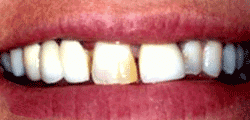
A bridge is an artificial teeth that looks great and literally bridges the gap between teeth. The restoration tooth can be made from gold, alloys, porcelain or a combination of these materials and is bonded onto surrounding teeth for support.
Crowns
A crown covers a tooth and restores it to its normal shape and size. A crown can make your tooth stronger and improve its appearance. It can cover and support a tooth that has a large filling. It can be used to attach a bridge, prevent a weak or brittle tooth from breaking, or restore one that's already broken. A crown is a good way to cover teeth that are discolored, badly shaped, or out of position. Crowns are also used to cover dental implants.
A crown may be made of gold or porcelain. It is made to fit the tooth precisely. It looks somewhat like a thimble and is cemented onto the prepared tooth.
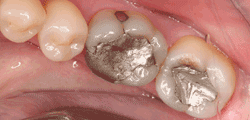
If Dr. Soto recommends a crown, it's probably to correct one of these conditions. Dr. Soto's primary aim, like yours, is to help you keep your teeth healthy and your smile bright.
Extractions
There are times when it is necessary to remove a tooth. Sometimes a baby tooth has long or misshapen roots that prevent it from falling out and the tooth must be removed to make way for the permanent tooth to erupt. At other times, a tooth may have so much decay that it puts the surrounding teeth and jaw at risk of decay, so Dr. Soto may recommend removal and replacement with a bridge or implant. Infection, orthodontic correction, or problems with a wisdom tooth can also require removal of a tooth.
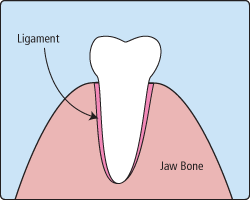 When it is determined that a tooth needs to be removed, the dentist may extract the tooth during a regular checkup or the dentist may request another visit for this procedure. While the procedure is typically very quick, it is important to share any concerns or preferences for sedation that you may have. When it is determined that a tooth needs to be removed, the dentist may extract the tooth during a regular checkup or the dentist may request another visit for this procedure. While the procedure is typically very quick, it is important to share any concerns or preferences for sedation that you may have.
Restoring Your Smile: Dental Filling Choices
Advances in modern dental materials and techniques have provided new ways to create more pleasing, natural-looking smiles. As a result, dentists and patients have several choices when it comes to selecting materials used to repair missing, worn, damaged, or decayed teeth.
Traditional dental restoratives include gold, porcelain, and composite. The strength and durability of traditional dental materials continue to make them useful for situations where restored teeth must withstand extreme forces that result from chewing, such as in the back of the mouth.
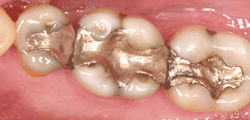
Newer dental restoratives include ceramic and plastic compounds that mimic the appearance of natural teeth. These compounds, often called composite resins, are often used on the front teeth where a natural appearance is important. They can be used on the back teeth as well depending on the location and extent of the tooth decay. Composite resins are usually more costly than the older amalgam fillings.
Bonding is a conservative way to repair slightly chipped, discolored, or crooked teeth. During dental bonding, a white filling is placed onto your tooth to improve its appearance. The filling “bonds” with your teeth, and because it comes in a variety of tooth-colored shades it closely matches the appearance of your natural teeth.
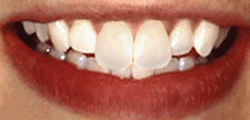
Tooth bonding can also be used for teeth fillings instead of amalgam fillings. Many patients prefer bonding fillings because the white color is much less noticeable than the silver amalgam fillings. Bonding fillings can be used on front and back teeth depending on the location and extent of tooth decay.
Bonding is less expensive than other cosmetic treatments and usually can be completed in one visit to our office. However, bonding can stain and is easier to break than other cosmetic treatments such as porcelain veneers. If it does break or chip, inform Dr. Soto. The bonding can generally be easily patched or repaired in one visit.
What's right for me?
Several factors influence the performance, durability, longevity and expense of dental restorations. These factors include: the components used in the filling material, the amount of tooth structure remaining, where and how the filling is placed, the chewing load that the tooth will have to bear, and the length and number of visits needed to prepare and adjust the restored tooth.
With so many choices, how do you know what's right for you?
The ultimate decision about what to use is best determined by the patient in consultation with the dentist. Before your treatment begins, discuss the options with Dr. Soto. To help you prepare for this discussion it is helpful to understand the two basic types of dental restorations: direct and indirect.
Direct restorations are fillings placed immediately into a prepared cavity in a single visit. They include dental amalgam, glass ionomers, resin ionomers and composite (resin) fillings. The dentist prepares the tooth, places the filling and adjusts it during one appointment.
Indirect restorations generally require two or more visits. They include inlays, onlays, veneers, crowns and bridges fabricated with gold, base metal alloys, ceramics or composites. During the first visit, the dentist prepares the tooth and makes an impression of the area to be restored. The dentist then places a temporary over the prepared tooth. The impression is sent to a dental laboratory, which creates the dental restoration. At the next appointment, the dentist cements the restoration into the prepared cavity and adjusts it as needed.
Root Canal (Endodontic) Treatment
In the past, if you had a tooth with a diseased nerve, you'd probably lose that tooth. Today, with a special dental procedure called root canal treatment, you may save that tooth.
Inside each tooth is the pulp and the nerve. The nerve is the vestige of the tissue that originally formed the tooth. Once the tooth has been in the mouth for a time, the functioning of the nerve is no longer necessary.
When a tooth is cracked or has a deep cavity, bacteria can enter the pulp. Germs can cause an infection inside the tooth. Left without treatment, pus builds up at the root tip, in the jawbone, forming a "pus-pocket" called an abscess. An abscess can cause the pulp tissue to die. When the infected pulp is not removed, pain and swelling can result. Certain byproducts of the infection can injure your jawbones and your overall health. Without treatment, your tooth may have to be removed.
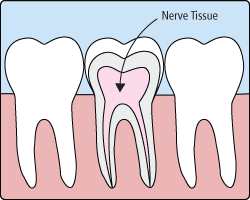 Treatment often involves from one to three visits. During treatment, your general dentist or endodontist (a dentist who specializes in problems of the pulp) removes the diseased pulp. Next the pulp chamber and root canal(s) of the tooth are cleaned and sealed. Often posterior teeth that have endodontic treatment should have a cast crown placed to strengthen the remaining structure. Then as long as you continue to care for your teeth and gums with regular brushing, flossing, and checkups so that the root(s) of the restored tooth are nourished by the surrounding tissues, your restored tooth can last a lifetime. Treatment often involves from one to three visits. During treatment, your general dentist or endodontist (a dentist who specializes in problems of the pulp) removes the diseased pulp. Next the pulp chamber and root canal(s) of the tooth are cleaned and sealed. Often posterior teeth that have endodontic treatment should have a cast crown placed to strengthen the remaining structure. Then as long as you continue to care for your teeth and gums with regular brushing, flossing, and checkups so that the root(s) of the restored tooth are nourished by the surrounding tissues, your restored tooth can last a lifetime.
Most of the time, a root canal is a relatively simple procedure with little or no discomfort involving one to three visits. Best of all, it can save your tooth and your smile!
Top |



